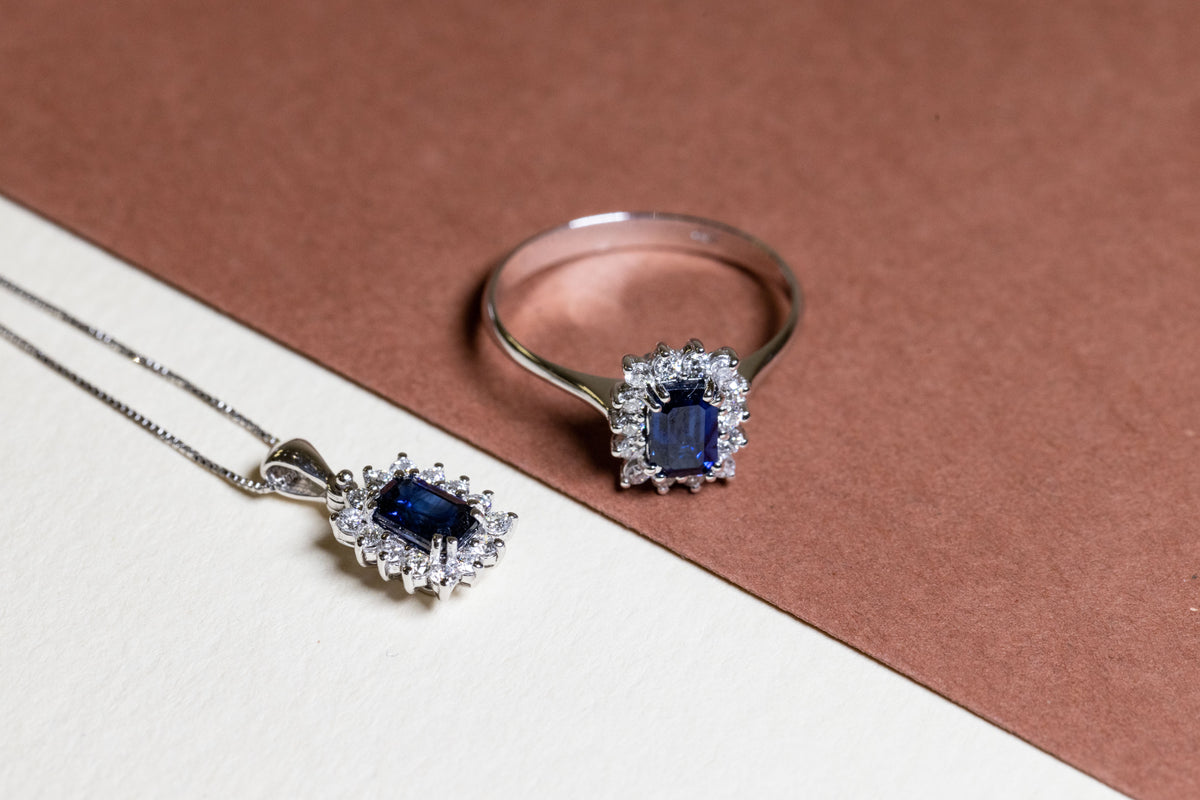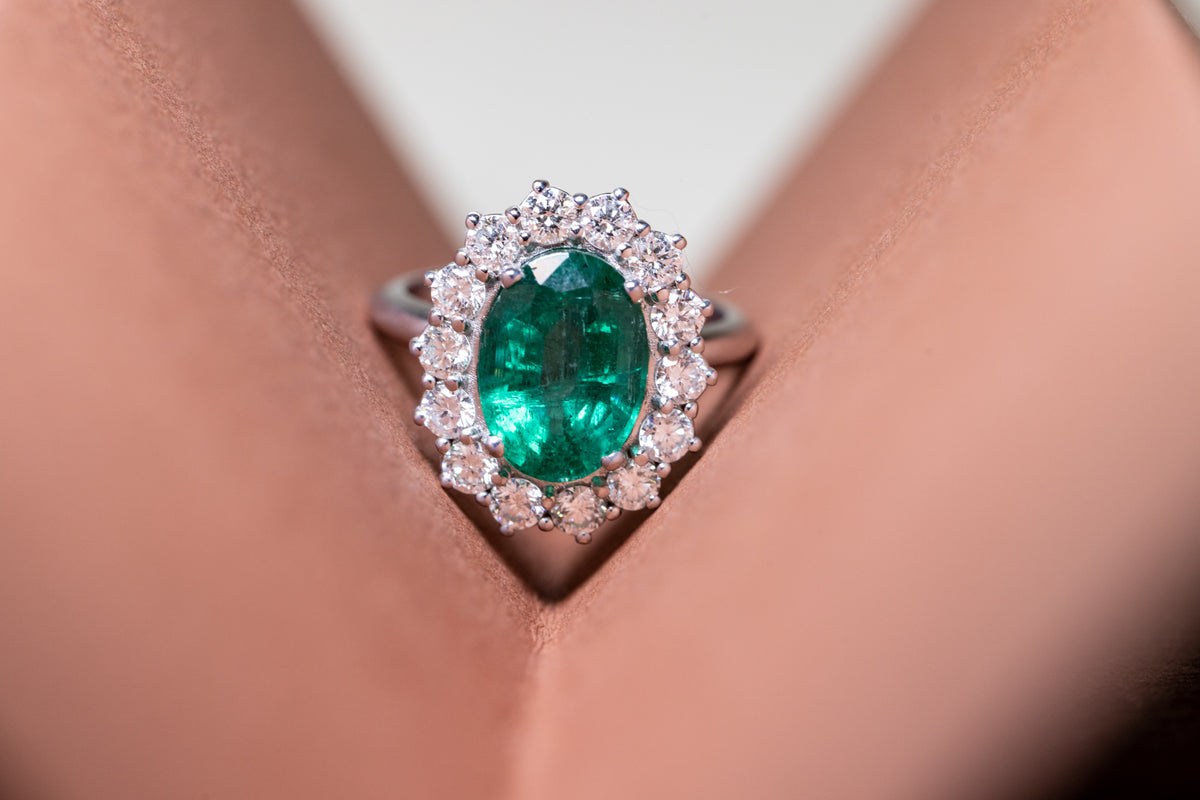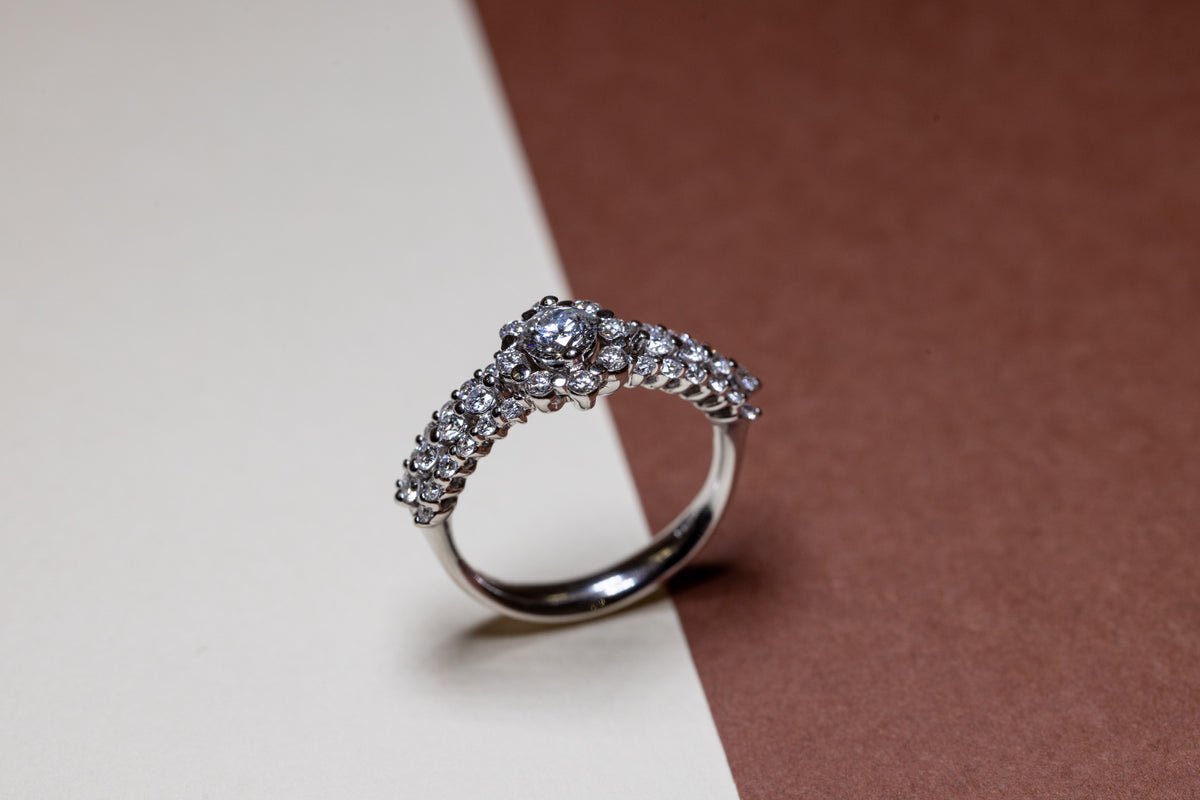Pay in installments with
The definition of a safe haven is: “an asset that has an intrinsic, “real” value, which tends not to lose value following an increase in the general level of price levels.”
From this definition it is clear that investing in a safe haven asset responds, first and foremost, to a need to protect one's assets in situations of uncertainty that create fear of the loss of value of the asset in a phase of economic recession, financial crisis or strong price instability).
The “trigger factor” that triggers the desire to invest in safe haven assets (i.e. the desire to sleep soundly without fear that one’s assets, built with sweat and sacrifice, may be reduced or even disappear in a few hours), denotes how these assets must have the main and fundamental characteristic of “guarantee” in economic terms.
Precisely by virtue of this rationale of “certainty and guarantee”, the safe haven cannot have the characteristic of a speculative asset for short-term investments.
This is the great truth that, although it is clear to everyone, unfortunately is cleverly manipulated in order to make a safe haven an investment that can double the invested capital in the short term.
This is not possible.
Safe haven assets, being those assets that guarantee safety and protection even in periods of financial crisis (since they maintain their value), guarantee their best economic performance in the medium/long term.
Investing in safe haven assets is, as mentioned, not a speculative maneuver but a safeguard, belonging to that asset class that presents solidity even in the face of inflation and critical issues deriving from geopolitical situations.
Let's see what safe haven assets are and what characteristics they have.
Gold and metals:
Certainly the first asset that comes to mind when talking about “safe haven assets” is gold.
It is considered the safe haven par excellence.
It is considered the most reliable of metals, being highly speculative in nature, but this also guarantees high security in times of financial crisis.
Its price tends to increase whenever there are periods of political or economic uncertainty, or due to unforeseeable natural disasters, which undermine the stability of financial markets.
In the speech just made there is a focal point: gold has a highly speculative nature.
For this reason it comes into profound conflict with the definition of safe haven whose nature is not speculative but more conservative with the intent of preserving one's personal assets from the mood of the financial markets.
It all seems perfect but as they say: all that glitters is not gold.
What is the “problem” with gold as a safe haven?
The main problem is that investment in gold is mostly done through the famous ingots and to buy a gold ingot the cost is very high (considering that what is never revealed is that the most popular "cut" is that of 1kg ingots).
Gold represents a very interesting form of investment from a speculative point of view, even though behind its golden lustre it has considerable management difficulties and costs (unless you decide to keep it hidden at home, with all the risks that this entails; due to its size it needs to be kept in bank vaults with rental costs etc.)
Safe haven assets also include silver and platinum as metals.
Among the safe haven assets, there are those for "true connoisseurs" such as: real estate, works of art, wines, watches, diamonds , precious stones and jewels .
Here, however, we are in a field that requires expertise (unlike gold), therefore, highly qualified and specialized advice from industry experts can make the difference for neophytes.
The traditional safe haven investment, which has done its job very well for years, is real estate investment: unfortunately, however, we have witnessed its period of crisis (although it is recovering) and as is known, it has management costs – ordinary and extraordinary –.
All these investments, as I was saying, have particularities that make the investment “expensive” and uncertain in its future.
Just think of the costs of purchasing a property and its management, taxes, maintenance, condominium fees; in the case of watches, we have the Rolex example above all that makes us understand how onerous the initial outlay is considering that used ones cost double the new ones (which are unobtainable).
However, it remains a highly interesting market that offers high profit margins even if it tends to be subject to fluctuations linked more to fashion than to the intrinsic value of the object itself (steel which costs more than the steel and gold model).
Diamonds and jewels: in this segment of safe haven assets they present themselves as an elite market that perhaps more than any other reflects the capacity of “safe haven” with excellent margins of increase at the same time in the medium/long term.
They embrace the intent of “protecting” the assets by guaranteeing a value that does not decrease, but rather increases over time.
Those familiar with the sector often hear the saying "a diamond doesn't ask to be eaten". This expression, paraphrased, means that once invested in a safe haven in the form of a precious metal, it does not present any subsequent costs (nor degradation from wear and tear, obviously) leaving the investor with the peace of mind of being able to have a readily liquid asset at his disposal .
Many people often ask themselves: but between gold and diamonds, which is the best refuge/investment?
The answer to this question is half subjective and half objective: subjectively speaking, each of us prefers to invest where we feel we have more competence/security even in the face of a lower future amount compared to another investment; just think of the world of cryptocurrencies in which the investment is on something intangible that cannot be "touched" and does not have immediate liquidity.
Objectively speaking, therefore based on the statistical data of the yield curves of the various types of investments, one can appreciate how gold turns out to be a highly reliable safe haven investment, resistant to inflation and with a value that undergoes daily evaluations and revaluations.
On the other hand, diamonds and jewels in most cases have a better resale value, which makes them theoretically and technically “better” than the quintessential safe haven gold.
In conclusion, it must be said that in an increasingly developing market with "new" types of investments (such as NTFs for example), there are "classics" that never go out of fashion, and in times of profound uncertainty such as the contemporary one, they represent a choice that guarantees a certain tranquility for the investor who has the patience to take care of his investment like a plant that grows over time, giving its fruits in the harvest season.



Receive your order immediately and pay in 3 to 12 installments.
Our team is always available to you 24/7.
We deliver all jewelry in Zahir personalized packaging.
Engrave a name, letter, or a date that's important to you, at no additional cost.